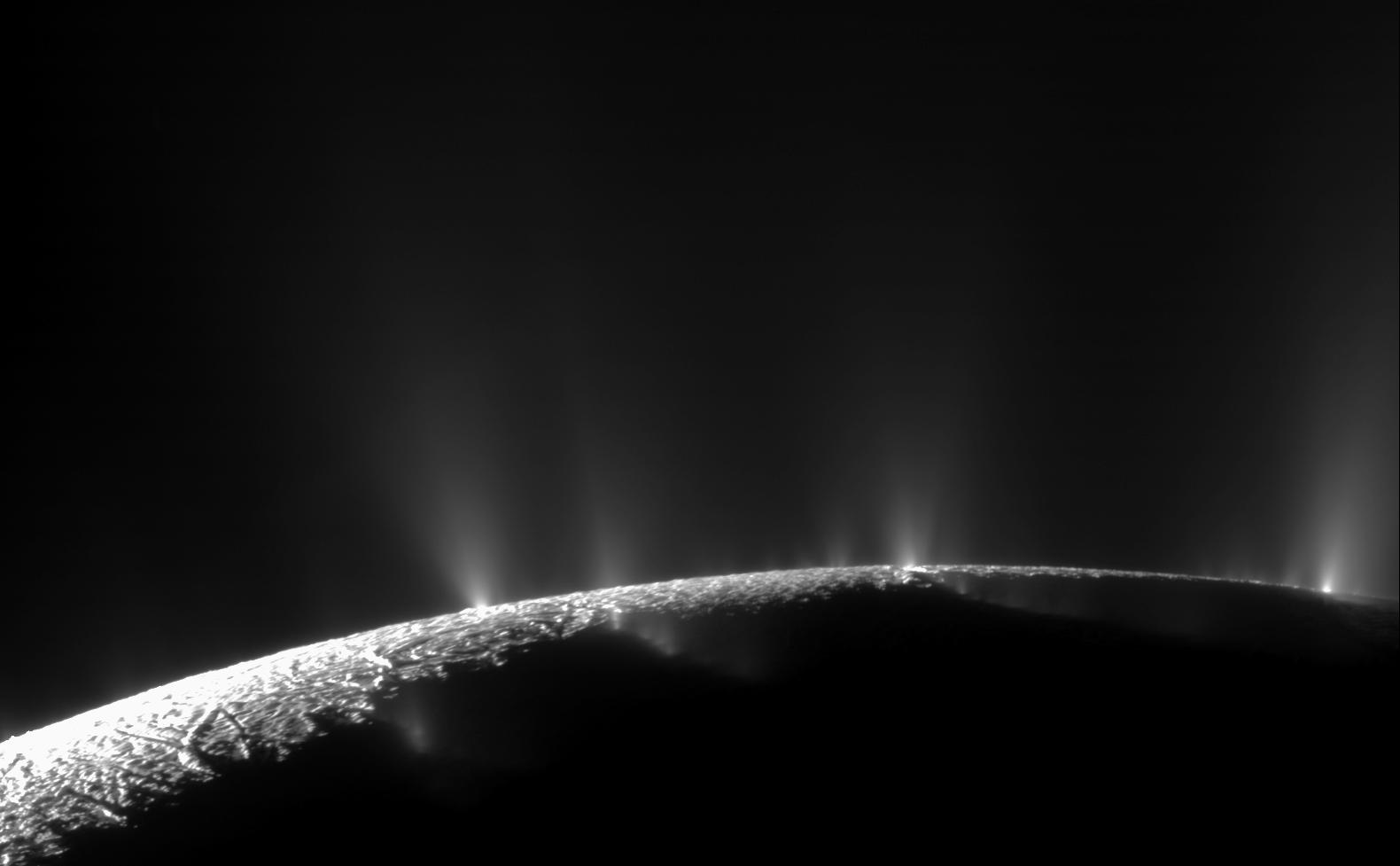1 min read

This gravity flyby of Rhea was designed to understand the internal structure of Saturn’s second largest moon. Is Rhea a homogeneous body or did it differentiate into a core, mantle, and crust like the Earth? The radio science subsystem used radio waves beamed to Earth to perform precise measurements designed to answer this question.
In addition, the Cassini spacecraft's cameras gathered images of the surface at ultraviolet, infrared, and visible wavelengths. And the cosmic dust analyzer instrument attempted to detect the dusty debris that flies off the surface from tiny meteoroid bombardments. Counting these dust particles ejected from Rhea's surface helps scientists estimate the bombardment rate for the Saturn system and how often the icy rings have been polluted by particles from other places in the solar system. Understanding the contamination rate will enable scientists to improve estimates of the age of the rings.
Date
March 9, 2013
Altitude
620 miles (997 km)
Speed (rel. to Titan)
21,000 mph (9.3 km/sec)







